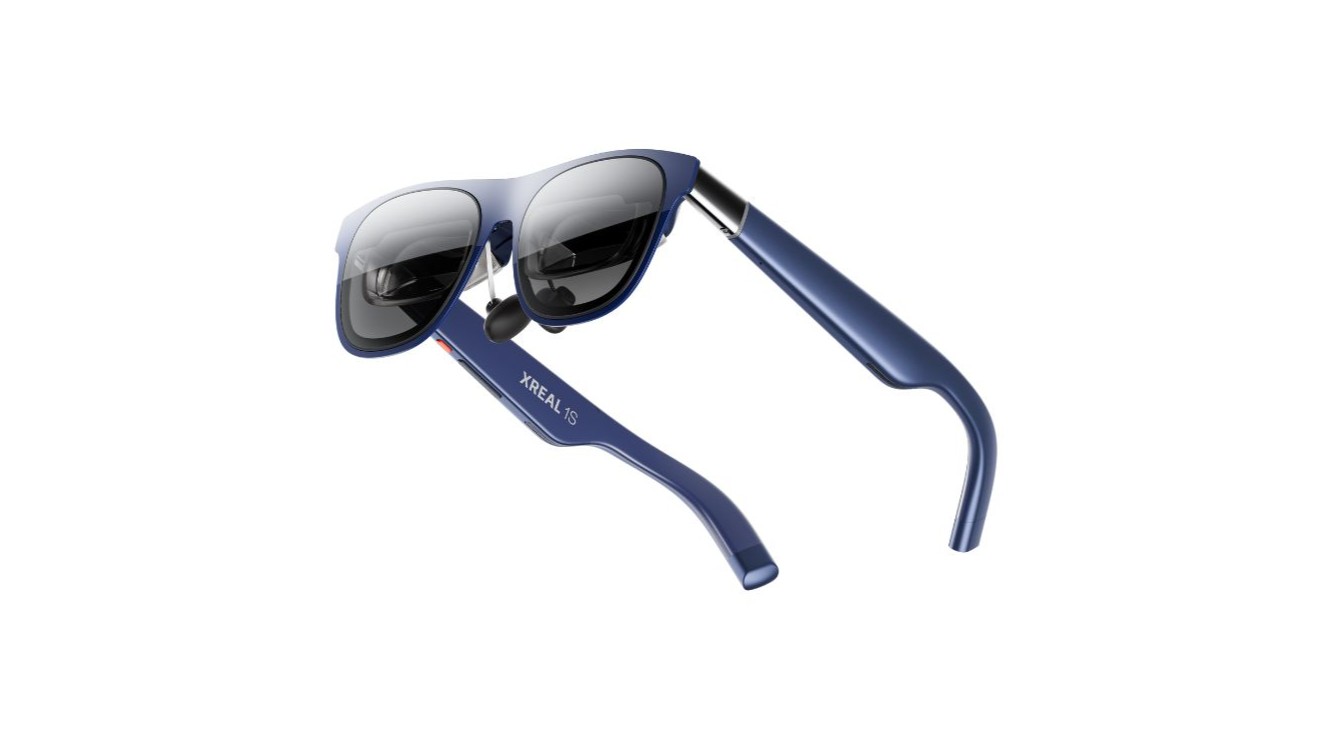Garmin Instinct vs. Instinct 2: Should you upgrade?
Here's how Garmin's newer rugged smartwatch improves on the original, and whether you need the Solar upgrade.
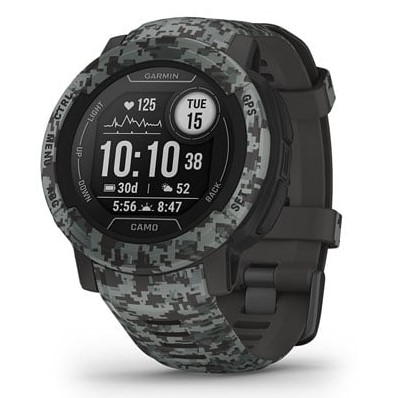
Modernized metrics, improved specs
Compared to the original 2018 Instinct, the Instinct 2 made some significant improvements in design, battery life, tracked data across various sports modes, and compatibility with Connect IQ for customization. Your only real choice here is whether you want the smaller size or the solar glass.
Pros
- Pulse ox and VO2 Max
- Double the standard battery life
- Training effect and suggestions
- HIIT workouts and cycling metrics
- Smaller model available
- Better display resolution
Cons
- More expensive
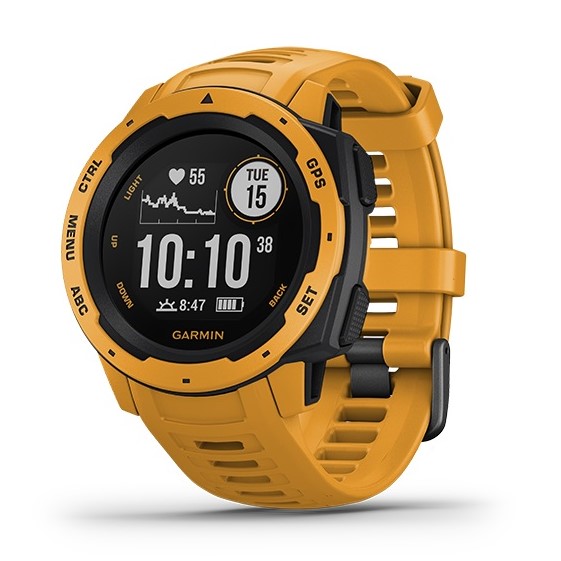
Not dead yet
You won't find many 2018 watches still worth using today, but the Garmin Instinct still has its rugged protection and tools like Body Battery and TracBack on its side. Instinct owners have plenty of reasons to upgrade, though perhaps Instinct Solar owners can hold out if they want.
Pros
- More affordable now
- Up to 54 days / 38 GPS hours with solar
- MIL-STD-810G and 10ATM protection
- Pulse oximeter with solar version
Cons
- Only one size
- No Connect IQ
- No training effect/load
- Dull low-res display
- Default model's battery life is only average
The Garmin Instinct series has all the trademarks of a reliable adventure watch, from a rugged design to unstoppable battery life and reliable tracking. If you compare the Garmin Instinct vs. Garmin Instinct 2, however, it's no contest: the newer model makes some significant improvements in specs and software that make it the better purchase.
So the question then becomes whether these newer features justify an upgrade, or if you should stick to your current model. Both the Garmin Instinct Solar and Instinct 2 Solar are often significantly discounted during the holidays. So, it's fair to ask whether the newer model does enough to justify spending more, or if you should just save as much as you can during seasonal sales. We're here to help you decide!
Garmin Instinct vs. Instinct 2: Battery life
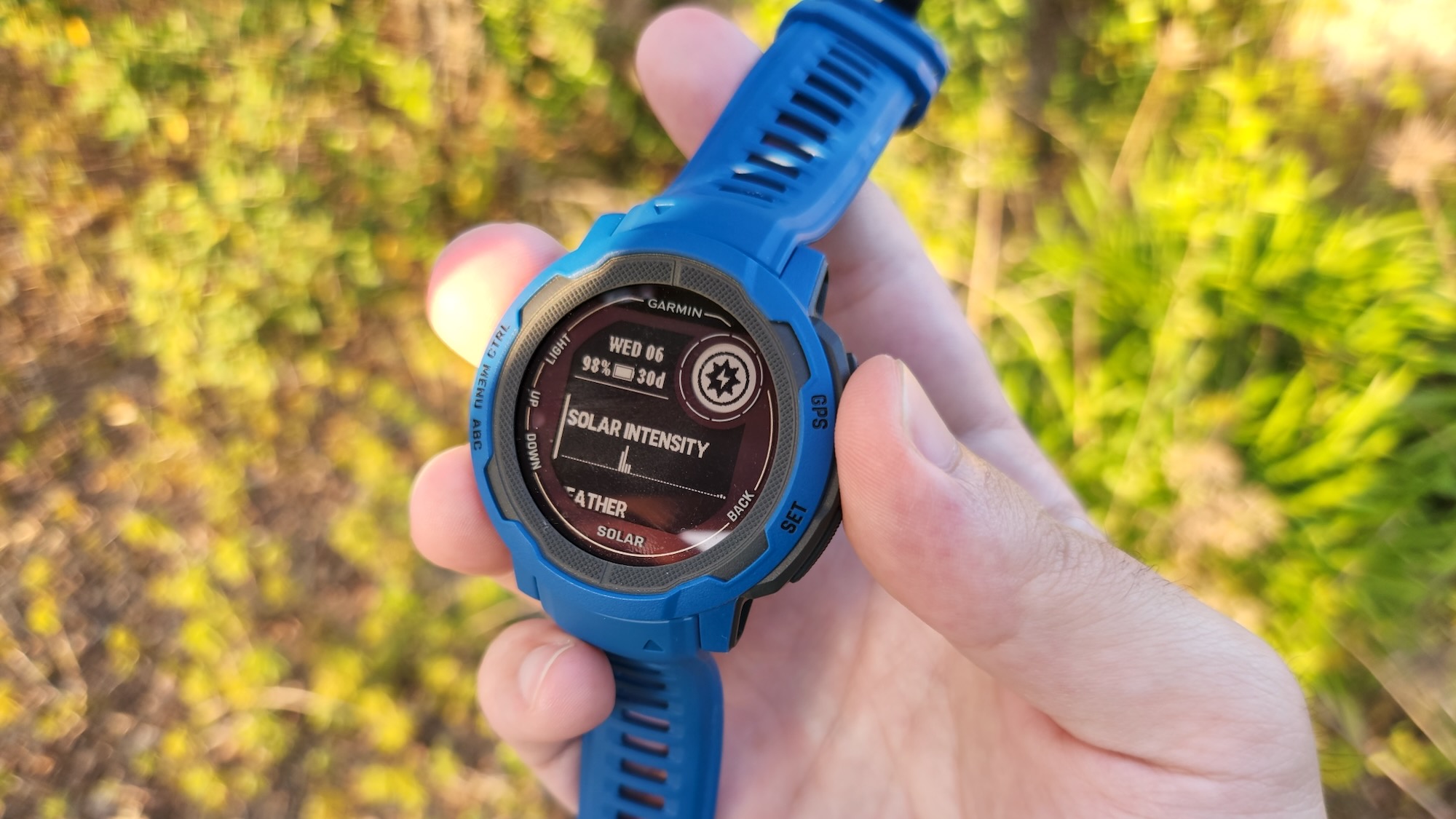
- The Garmin Instinct has half the battery life of the Garmin Instinct 2; 14 days versus 28 days.
- The Garmin Instinct 2 features unlimited battery life with Solar, while the Garmin Instinct Solar only lasts 54 days in smartwatch mode.
- The smaller Garmin Instinct 2S has a shorter battery life than the Instinct 2 and Instinct Solar, but longer than the original Garmin Instinct.
The Garmin Instinct and Garmin Instinct 2 come in both Standard and Solar varieties. The latter adds a Solar panel that massively increases battery life estimates, assuming you spend about three hours a day outdoors in 50,000-lux conditions. Garmin says the Instinct Solar has "Unlimited battery life" in Battery Saver mode if you spend your time outside, while the Instinct 2 Solar has "Unlimited battery life in the standard smartwatch mode as well as Battery Saver.
Below, we've collected all of Garmin's battery estimates for the Garmin Instinct (Solar), Garmin Instinct 2 (Solar), and Garmin Instinct 2S (Solar). For the non-Solar Instinct 2 and 2S, simply ignore the "with solar" portion to see their battery life.
Battery category | Garmin Instinct | Garmin Instinct Solar | Garmin Instinct 2 (Solar) | Garmin Instinct 2S (Solar) |
|---|---|---|---|---|
Smartwatch mode | 14 days | 24 days / 54 days w/ solar | 28 days / Unlimited w/ solar | 21 days / 51 days w/ solar |
Battery saver watch mode | 🚫 | 56 days / Unlimited w/ solar | 65 days / Unlimited w/ solar | 50 days / Unlimited w/ solar |
GPS | 16 hours | 30 hours / 38 hours w/ solar | 30 hours / 48 hours w/ solar | 22 hours / 28 hours w/ solar |
Max Battery GPS Mode | 40 hours | 70 hours / 145 hours w/ solar | 70 hours / 370 hours w/ solar | 54 hours / 114 hours w/ solar |
Expedition GPS Activity | 🚫 | 28 days / 68 days w/ solar | 32 days / Unlimited w/ solar | 25 days / 105 days w/ solar |
If you own the non-Solar Garmin Instinct, the mediocre battery life alone is enough to justify an upgrade. You get 16 GPS hours or two weeks in standby, which is decent enough compared to some fitness smartwatches. However, it falls well short of what you can get with most Garmin watches these days.
Garmin Instinct Solar owners, on the other hand, aren't nearly as bad off. The 30-hour uptime matches the Instinct 2 and beats the smaller 2S handily. Its Solar Panel clearly isn't as efficient as the newer panel, only adding eight GPS hours instead of 18 hours. But it does add an extra month of standard use, more than enough for most people.
That being said, the Instinct 2 Solar is the clear battery winner in every category. In our Garmin Instinct 2 Solar review, we found it would last for weeks even with frequent GPS tracking and not much time outside. But when it does run low, you can get days of chargeback simply by keeping it in direct sunlight. If you're an outdoorsy type, the Solar panel will give you triple the GPS span of a typical fitness watch, and an absurd 370 hours in Max Battery mode — almost double what the Instinct Solar delivers.
Get the latest news from Android Central, your trusted companion in the world of Android
The Garmin Instinct 2S had to make battery compromises to offer its more petite 40mm case. Because of its smaller display, it also catches less sunlight, making the panel less effective for offering more GPS hours. It gives you more than twice the standard smartwatch life but this is perhaps the one model for which you could save the $100 upcharge and skip the solar panel without a feeling of missing out.
Garmin Instinct vs. Instinct 2: Specs
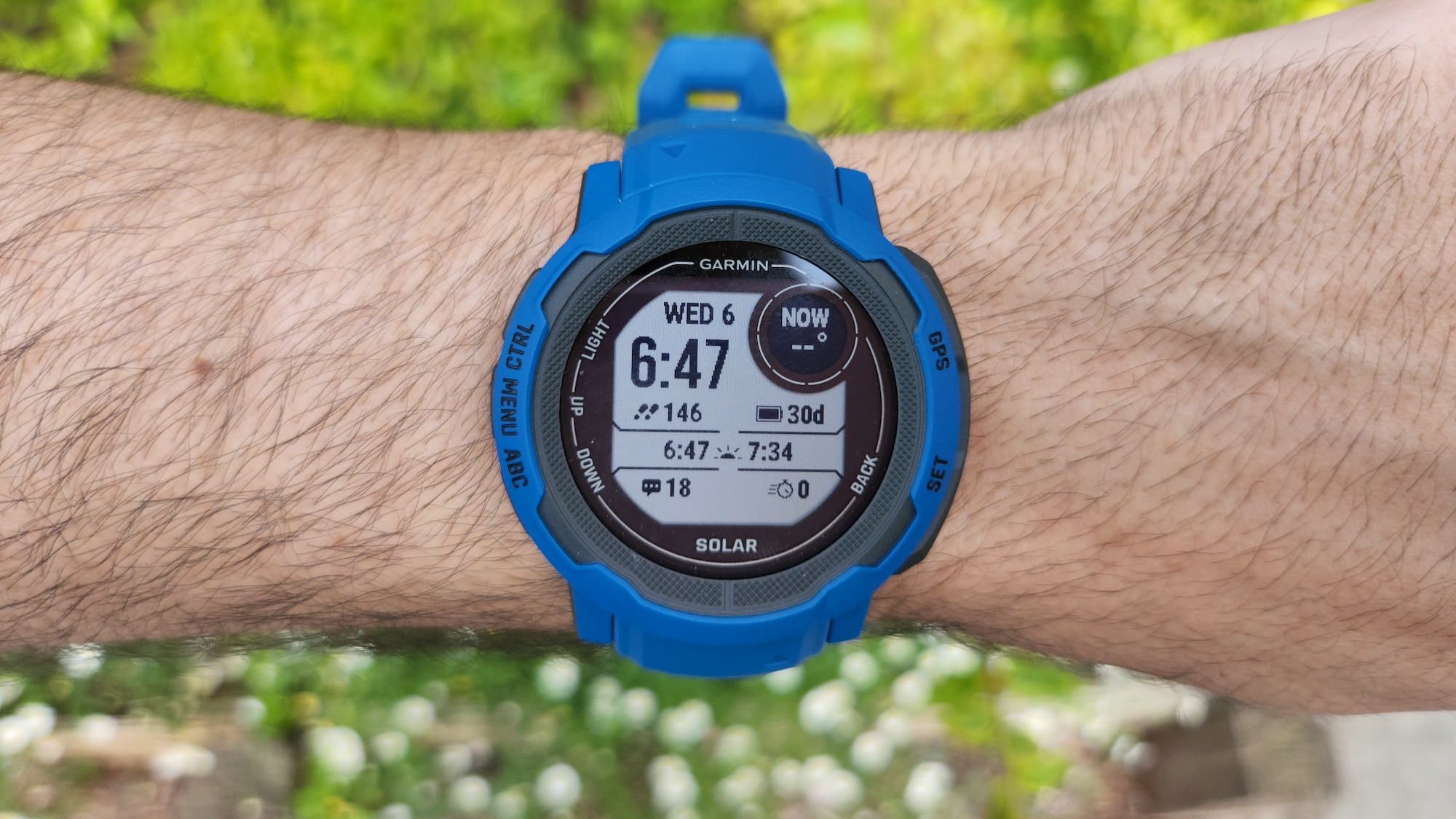
- The Garmin Instinct 2 features a sharper MIP display compared to the Instinct.
- The Garmin Instinct 2 features an upgraded Elevate sensor compared to the Garmin Instinct, providing more accurate heart rate readings and additional benefits.
- The Garmin Instinct Solar and Instinct 2 Solar feature similar dimensions, specs, and sensors.
Both the Garmin Instinct and Instinct 2 are tanks, built to handle the elements or any major falls. The thickly raised bezels, in particular, ensure the screen doesn't take many direct hits — especially useful for the Instinct, since the newer model adds Gorilla Glass.
Thanks to the giant bezels, each has a compact 0.9-inch display that's very small compared to most smartwatches, along with a circular window that highlights certain information like your heart rate. Neither monochromatic memory-in-pixel (MIP) display is particularly pixel-dense, but the original Instinct is particularly lacking in this area. Thankfully, the Instinct 2 is slightly more pixel-dense.
Category | Garmin Instinct | Garmin Instinct 2 |
|---|---|---|
Display | 0.9-inch MIP, 128x128 | 0.9-inch MIP, 176x176; 0.79-inch, 156x156 (2S) |
Water rating | 10ATM | 10ATM |
Protection | MIL-STD-810G | MIL-STD-810G, Gorilla Glass 3 |
Memory | 16MB | 32MB |
HRM | Garmin Elevate | Garmin Elevate Gen 4 |
Pulse Ox | Solar version only | ✔️ |
Sensors | GPS, GLONASS, GALILEO, barometric altimeter, compass, accelerometer, thermometer | GPS, GLONASS, GALILEO, barometric altimeter, compass, accelerometer, thermometer |
Connect IQ | 🚫 | ✔️ |
Incident detection | 🚫 | ✔️ |
Materials | Fiber-reinforced polymer case and bezel; silicone strap | Fiber-reinforced polymer case and bezel; silicone strap |
Dimensions | 45 x 45 x 15.3mm | 45 x 45 x 14.5mm; 40 x 40 x 13.3mm (2S) |
Watch Band | 22mm | 22mm; 20mm (2S) |
Weight | 52g / 1.8oz | 52g / 1.8oz; 42g / 1.5oz (2S) |
Models | Standard, Camo, Tactical, Surf, Esports | Standard, Camo, Tactical, Surf, Dēzl |
Generally speaking, the Instinct Solar and Instinct 2 Solar aren't that different in terms of specs, with the same dimensions, weight, polymer materials, band size, and sensors. The original Instinct lacked a Pulse Ox sensor for blood oxygen readings, which can be especially useful for people training or hiking at high altitudes.
The Garmin Instinct 2 does upgrade to the latest Garmin Elevate Gen 4 sensor, which Garmin claims has the most accurate heart rate readings yet. We're not sure which Elevate generation the Instinct or Instinct Solar uses, but it may not be quite as accurate for health and stress tracking.
You might be able to live with these specifications and battery downgrades if you own the Instinct Solar. But it's in the Instinct 2's new features where you'll find the most compelling reasons to upgrade.
Garmin Instinct vs. Instinct 2: New Garmin Instinct 2 features
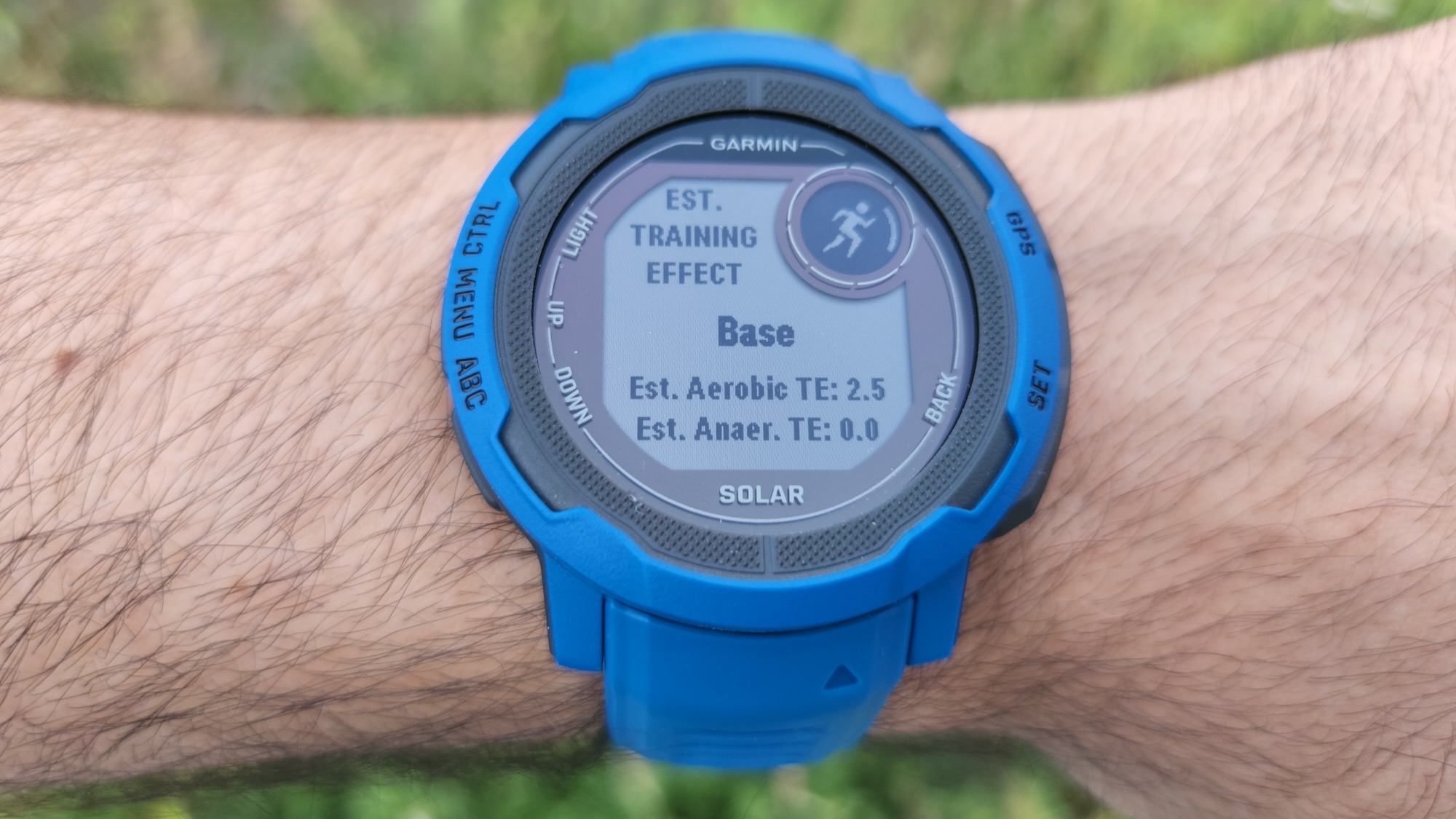
- Compared the Garmin Instinct, the newer Instinct 2 supports Garmin IQ for more watch faces and widgets.
- The Instinct 2 supports VO2 Max and new health tracking tools for women, which are unavailable on the Instinct.
- Unlike the Garmin Instinct, the Instinct 2 supports contactless payments with Garmin Pay.
The original Garmin Instinct offers the baseline you'd expect on any Garmin watch. You get Garmin Body Battery, stress tracking, ABC sensors for directions and conditions, simple phone notifications, and Tracback routing. You get core sports modes that'll give you a general sense of how hard you worked out.
With the Garmin Instinct 2, it's still not as specialized as other Garmin watches but goes far beyond its predecessor. For starters, only it can use Connect IQ to add custom watch faces and widgets, even though its screen doesn't leave much room for creativity. Perhaps more useful is Incident detection, which sends a warning and your last known location to your emergency contact if you appear to stop moving suddenly during a run, bike ride, or hike.
The Garmin Instinct has a few gym profiles and workouts, while the newer model adds HIIT timers like AMRAP, EMOM, and Tabata. That way you can create customized workouts that time you more effectively. For cyclists, you'll have access to several more modes like triathlon and road biking, along with metrics like MTB Grit & Flow and Functional Threshold Power. It even adds new golf features if that's how you get your steps in.
Runners will benefit from a ton of new Garmin tools. Your VO2 Max and fitness age will give you a better knowledge of your own capabilities, coupled with Garmin's daily workout suggestions that take your age, body battery score, and past workouts to devise a daily regimen. Then, once you complete your run, you'll be shown the aerobic and anaerobic training effect and a suggested recovery time before you run again.
Add in new tools like women's health tracking and Garmin Pay, and you can see how the Instinct 2 crushes the original model in terms of actual usefulness. The original Instinct tracks your health data, but the Instinct 2 tells you what to do with that data.
Garmin Instinct vs. Instinct 2: Should you upgrade to the Garmin Instinct 2?
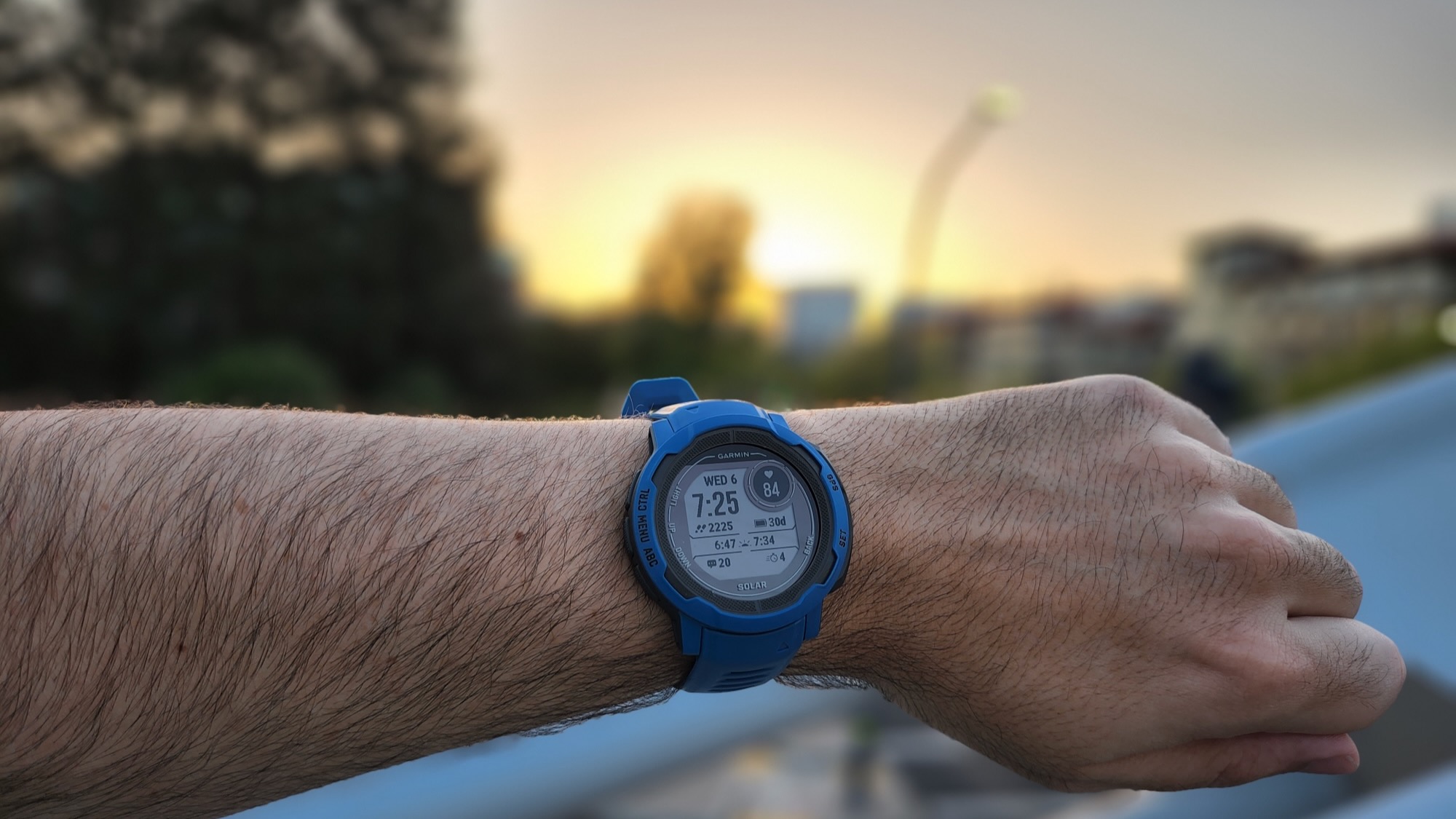
- The Garmin Instinct 2 is a better buy compared the original Garmin Instinct.
- The Garmin Instinct Solar is an improvement over the original Instinct, but still falls behind the Instinct 2 Solar.
- The Garmin Instinct 2S is for anyone looking for a smaller option, with more battery life than the Garmin Instinct but less than the Instinct 2.
You can get the original Instinct or Instinct Solar at a significant discount, but the base model just isn't worth buying in 2025, and the Solar model doesn't have much beyond the still-excellent battery life to recommend it. If you're buying a new rugged watch to last you through years of epic outdoor adventures, you should indulge yourself with the latest Garmin software and a slightly better display.
Say you own the Garmin Instinct Solar already. You can still make a strong case for an upgrade, though the Instinct 2 Solar isn't exactly affordable. You'll get a respectable battery upgrade paired with new tools that'll make wearing it for weeks at a time more productive. But if you can't afford an upgrade at the moment, the Instinct Solar isn't obsolete yet, even if the standard Instinct is.
As for which Garmin Instinct 2 you should buy, the Instinct 2S costs the same despite offering much less battery. If you're looking for a non-Solar option to save some money, the regular 2S doesn't fall too far short and won't be quite as heavy on your wrist. But for a true solar marathoner of a watch, you can't go wrong with the larger Instinct 2 Solar and its "unlimited" battery. It's undoubtedly one of the best Garmin watches available.
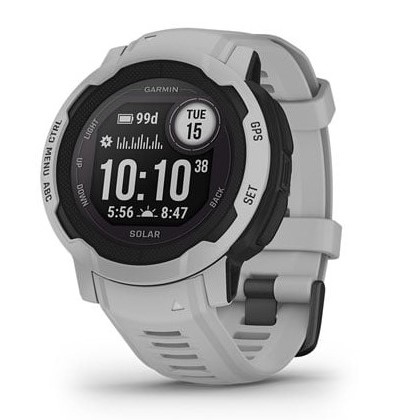
It keeps going and going...
With 48 solar-backed GPS hours, the Instinct 2 Solar only falls short of watches like the Fenix 7 or Epix which cost hundreds more. It has all the vital Garmin metrics and features you need to get fitter. The military-grade protection and incident protection feature will ensure it can call for help after any serious accident.
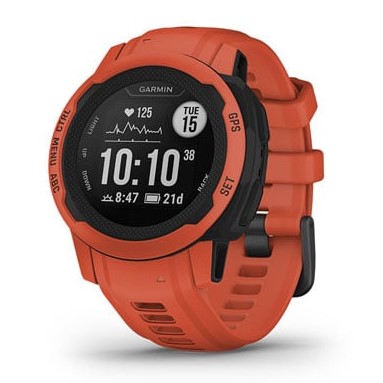
For smaller wrists
With the Instinct 2 at a hefty 52g with a 45mm case, you may want a watch with a slightly thinner form factor. Its 22 hours of battery life is a downgrade but is actually much better than any other smaller watch we've seen from Garmin or any other brand. Go solar if you want to double your smartwatch's life.

Michael is Android Central's resident expert on wearables and fitness. Before joining Android Central, he freelanced for years at Techradar, Wareable, Windows Central, and Digital Trends. Channeling his love of running, he established himself as an expert on fitness watches, testing and reviewing models from Garmin, Fitbit, Samsung, Apple, COROS, Polar, Amazfit, Suunto, and more.
- Namerah Saud FatmiSenior Editor — Accessories
- Derrek LeeManaging Editor
You must confirm your public display name before commenting
Please logout and then login again, you will then be prompted to enter your display name.
